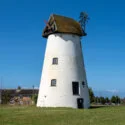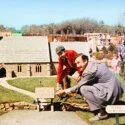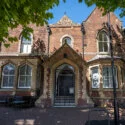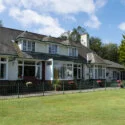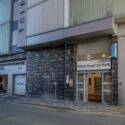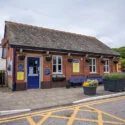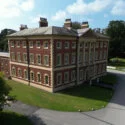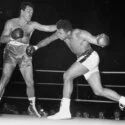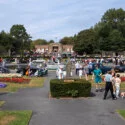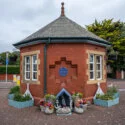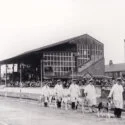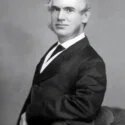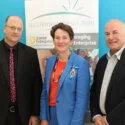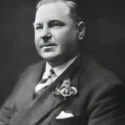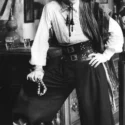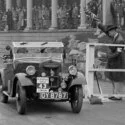Cornelius Bagot was born in Blackpool on 15 February 1838, the son of C. Bagot, Esq., a respected yeoman who served for more than forty years as the town’s Honorary Overseer. Educated first at Marton Grammar School under the Rev. Joseph Bryers, M.A., and later at Rogers’ School in Blackpool, Bagot demonstrated early promise in his academic and technical studies. He served a full apprenticeship with William Stones of Blackburn, gaining a thorough foundation in architectural practice. Following this, he spent over thirty years in Manchester, working with several leading figures in the profession, including Peter Bradshaw Alley, architect and surveyor; John Lowe, FRIBA; and William Dawes, architect and surveyor. This long period of collaboration provided him with considerable experience across a wide range of architectural and engineering disciplines.
In 1886, Bagot established his own practice in Manchester. His portfolio grew to include schools, churches, parsonages, private residences, and numerous public buildings and engineering works, marking him as a respected professional within the region. In recognition of his contribution to the field, he became a member of the Society of Architects in 1901. Two years later, in 1903, he was joined in practice by his son, Henry Nickson Bagot, a qualified quantity surveyor, continuing the family’s association with architecture and construction.
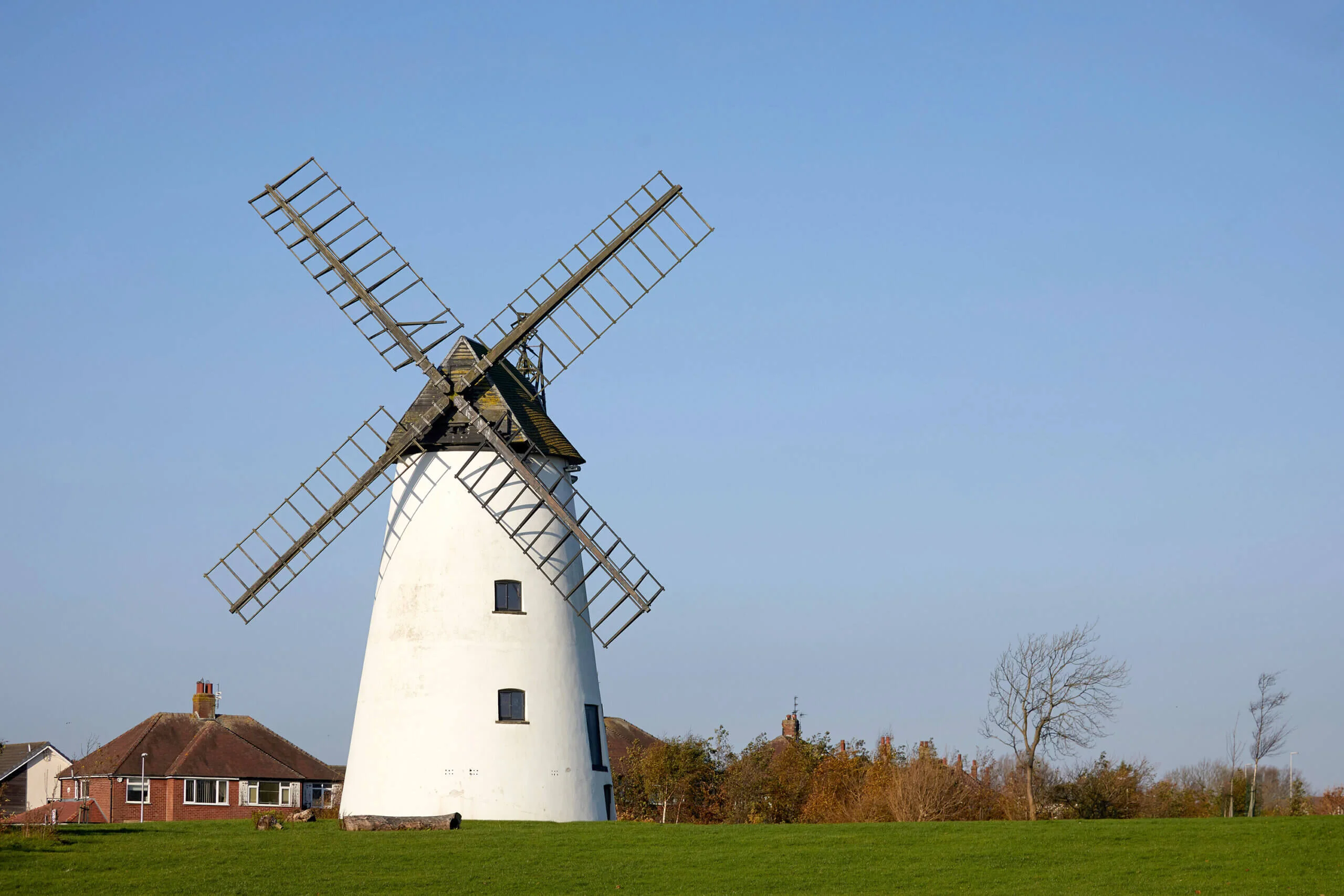
© Alamy
Marton, now part of Blackpool, once supported several working mills that served the surrounding agricultural community. A watermill operated there until the mid-18th century, while a wind-powered gristmill remained in use at Great Marton into the late 19th century. These structures reflected the area’s rural origins long before Blackpool evolved into a bustling seaside resort. After many years working in Manchester, Cornelius Bagot returned to his hometown in 1924, taking up residence at 251 Whitegate Drive. His return marked a renewed interest in the preservation of Blackpool’s early landmarks. When Little Marton Mill ceased operating in September 1928, Bagot took responsibility for restoring it, recognising its historic and cultural importance to the district.
In 1937, he donated the restored windmill to the Allen Clarke Memorial Fund in tribute to C. Allen Clarke (1863–1935), the local teacher, author and windmill enthusiast who had written affectionately about Lancashire life and the Fylde coast. The gift ensured that Little Marton Mill would be preserved as a reminder of the town’s rural past and as a memorial to one of its most notable literary figures.
The mill underwent a major renovation in 1987 at a cost of £88,000, securing its structure for future generations. Today, Little Marton Mill remains one of Blackpool’s most distinctive landmarks. It opens to the public on Sundays, offering visitors guided tours and live demonstrations of traditional milling techniques. Volunteers share the history of the site and the story of its preservation, ensuring that Cornelius Bagot’s efforts continue to connect modern Blackpool with the landscape and craftsmanship of its early years.
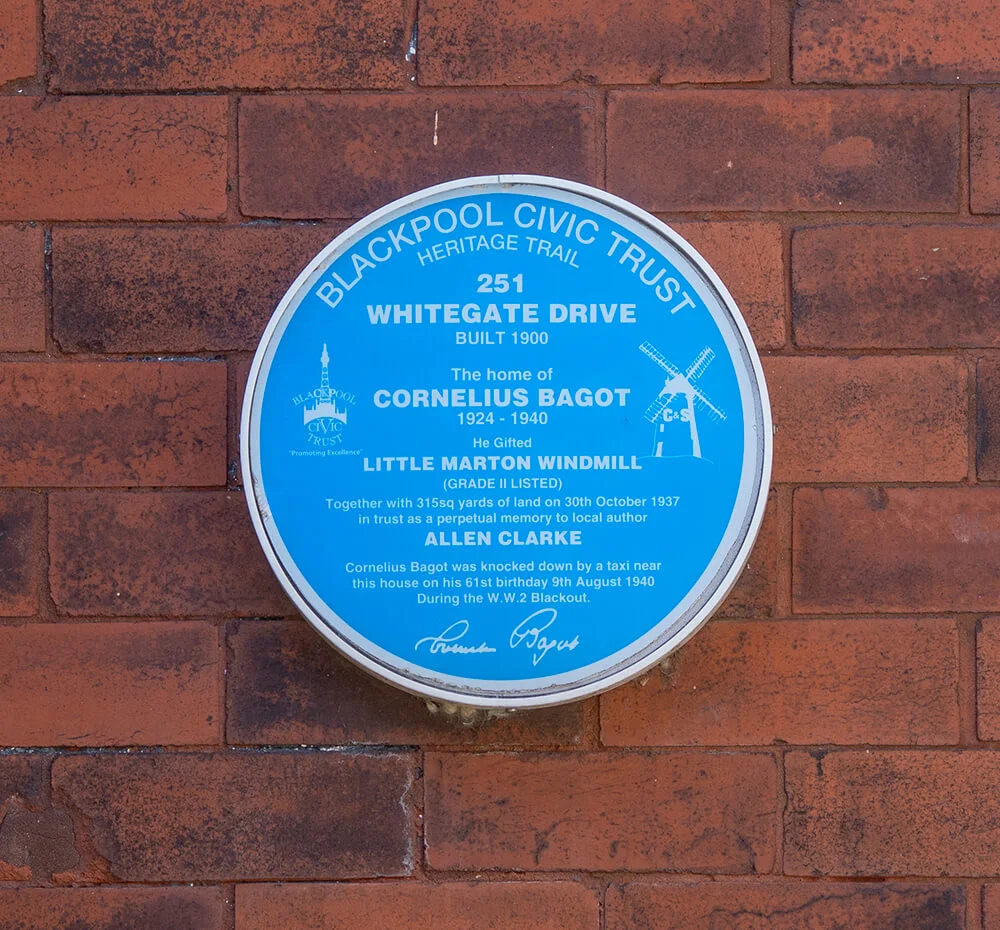
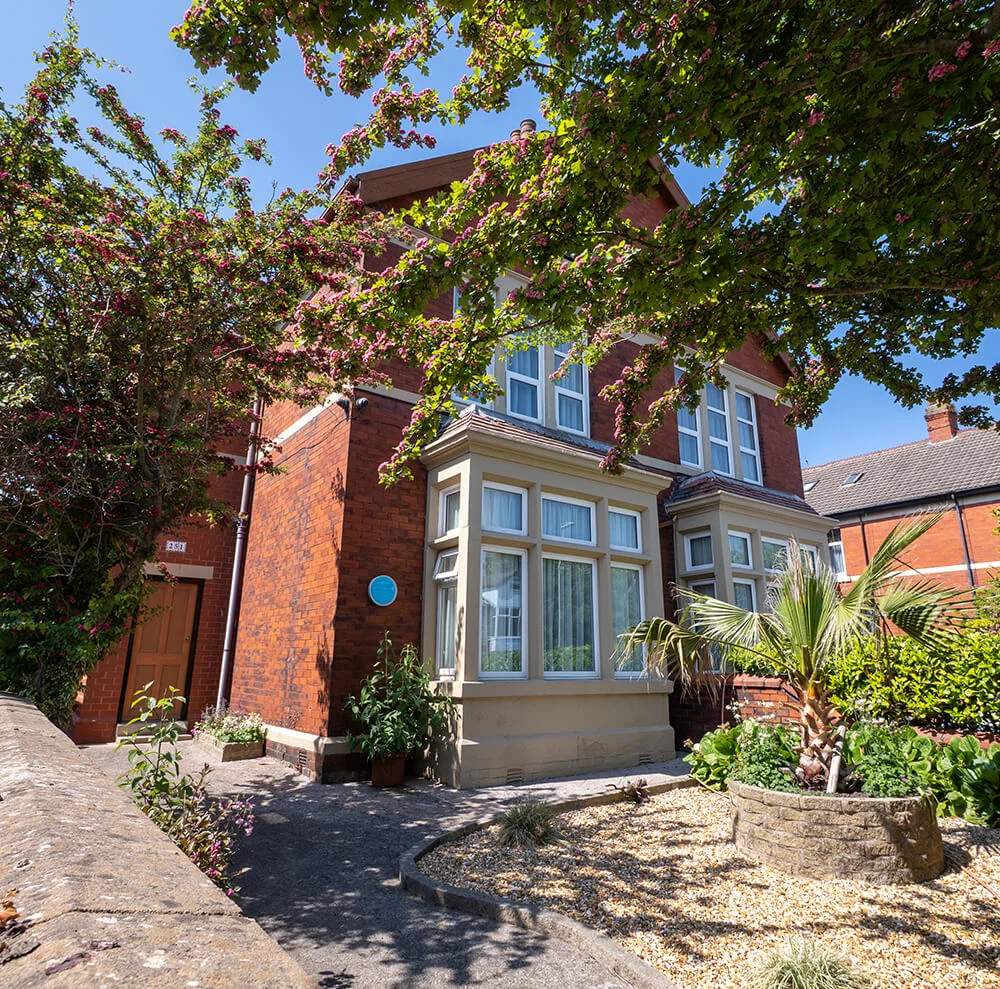
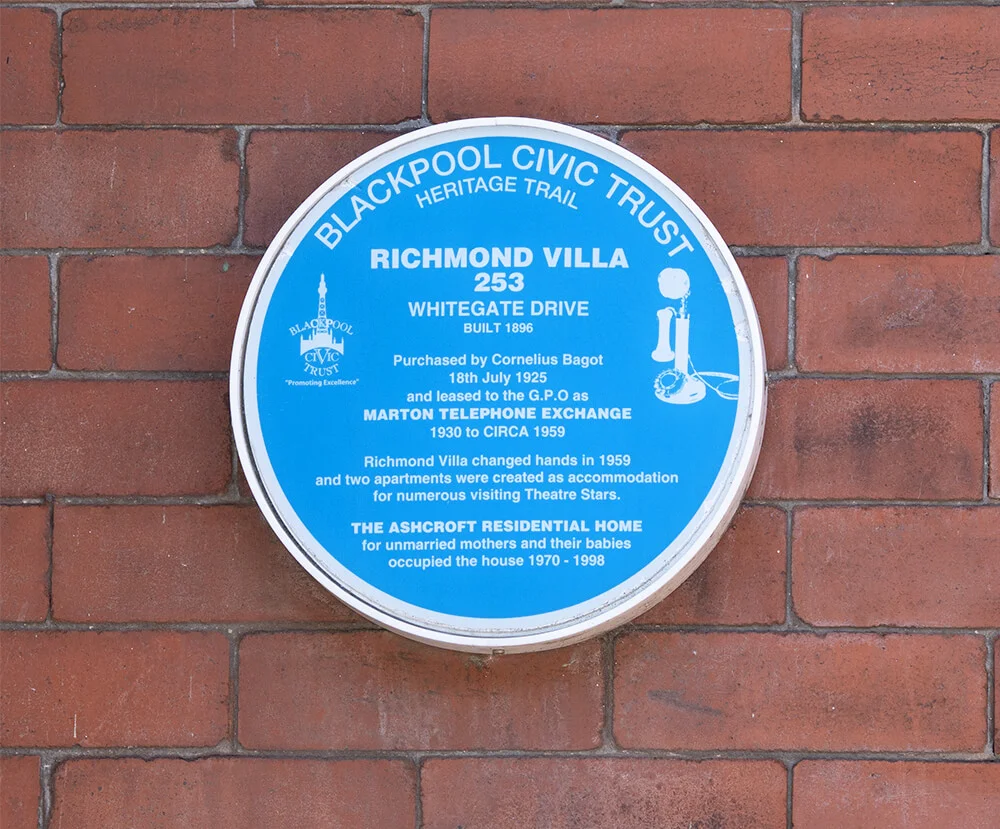
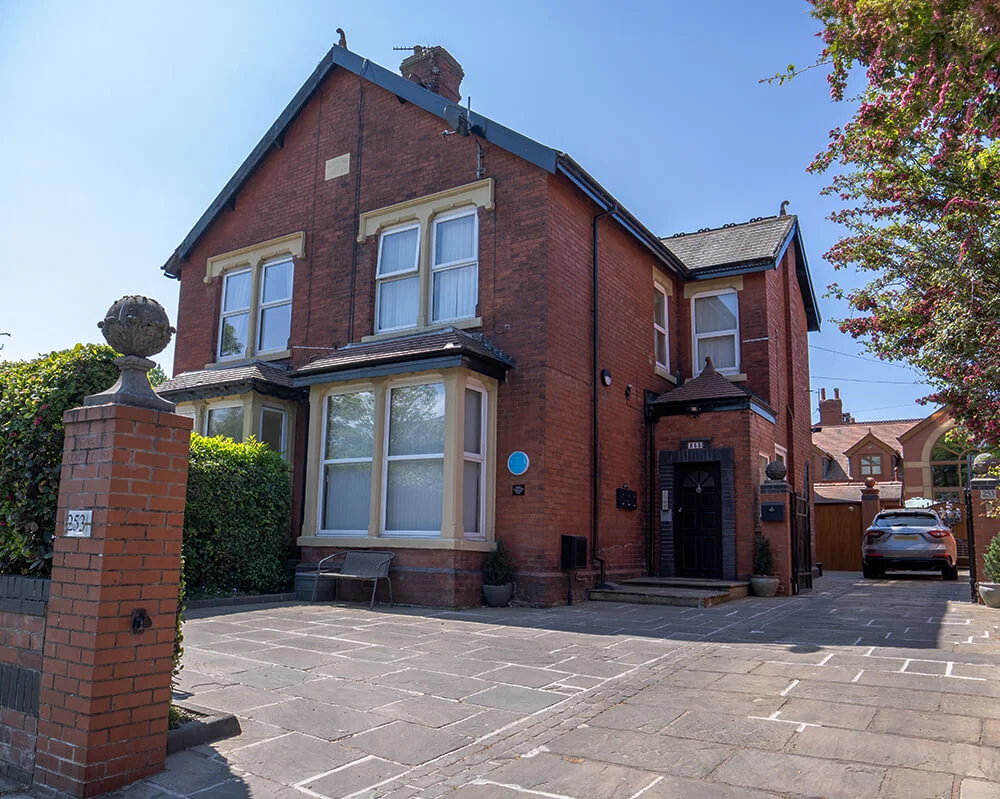
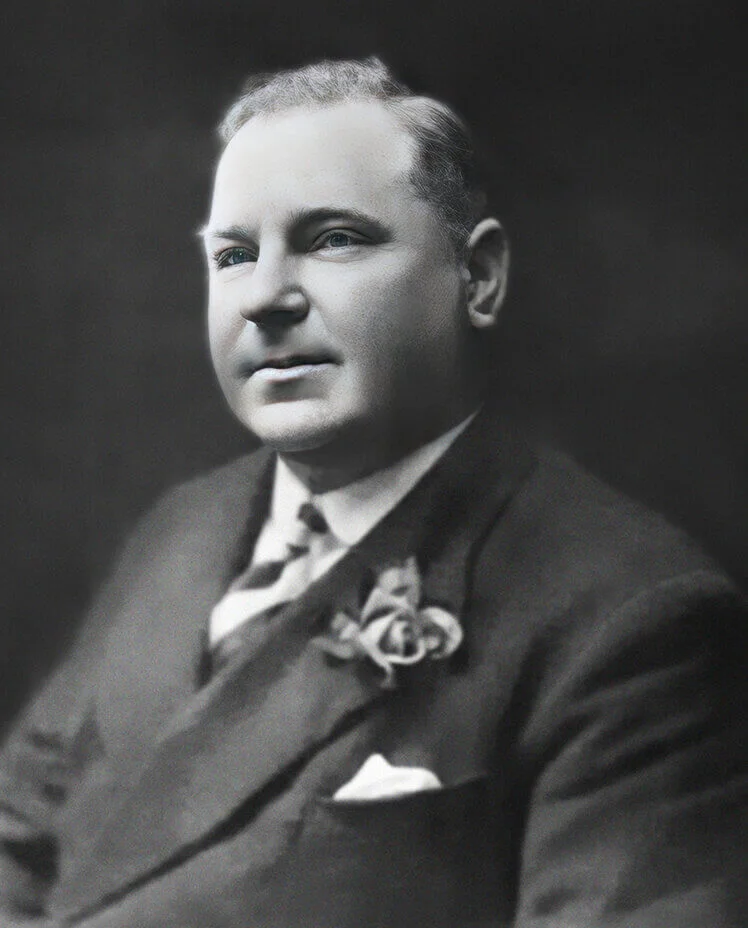
Text source: Wikipedia andManchester Victorian Architects
Images by © Deeper Blue Marketing & Design Ltd

